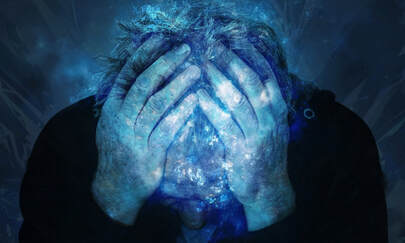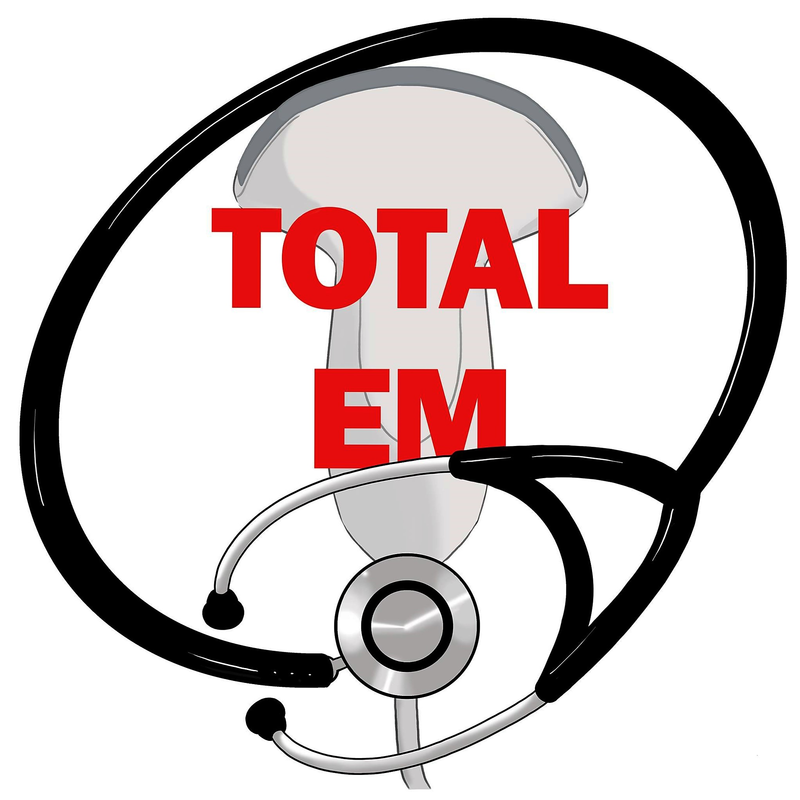|
Cluster headaches are often considered one of the most painful human experiences. They are short (lasting usually 15-180 minutes), frequent (up to 8 a day), unilateral headaches behind or around the eye often with ipsilateral autonomic symptoms and restlessness. While migraines and tension headaches are seen frequently in the emergency department, cluster headaches are much less frequently seen and often are harder to identify as a result. There are certain points to remember with patients that are experiencing cluster headaches and we list 10 of them here.
These pearls come from a recent BMJ article title Recent Advances in the Diagnosis and Management of Cluster Headache by Emmanuelle Schindler and Mark Burish.
You can learn more by clicking on the link above or downloading the PDF listed below. Let us know what you think by giving us feedback here in the comments section or contacting us on Twitter or Facebook. Remember to look us up on Libsyn and on Apple Podcasts. If you have any questions you can also comment below, email at [email protected], or send a message from the page. We hope to talk to everyone again soon. Until then, continue to provide total care everywhere.
0 Comments
Leave a Reply. |
Libsyn and iTunesWe are now on Libsyn and iTunes for your listening pleasure! Archives
August 2022
Categories |
||||||||||||


 RSS Feed
RSS Feed